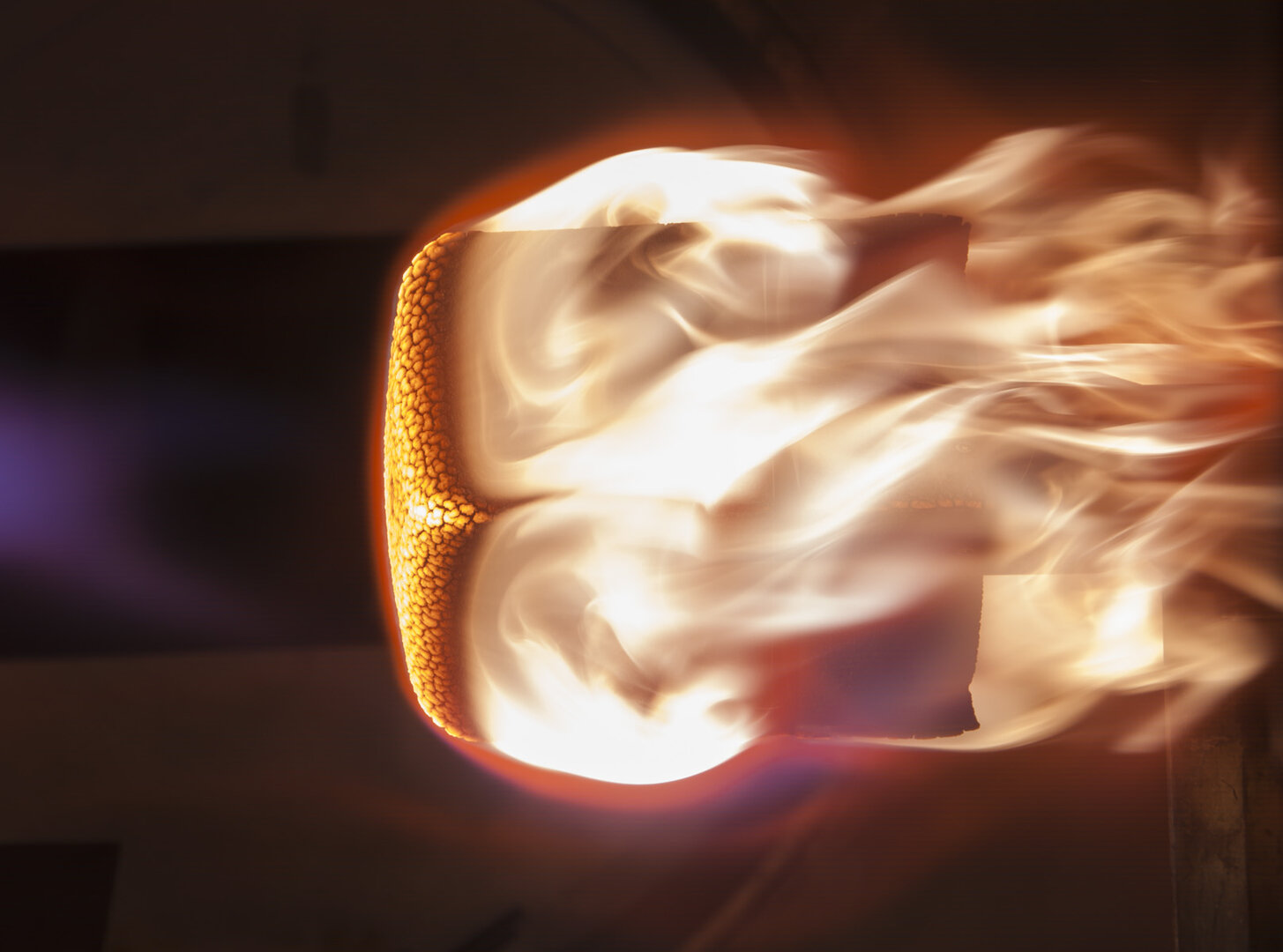The ESA is about to turn one of its spacecraft into a fireball

Next week, the European Space Agency is going to jettison a cubesat called Qarman from the International Space Station and watch it burst into a fireball as it reenters Earth’s atmosphere—all on purpose.
What’s the mission: Qarman (short for “QubeSat for Aerothermodynamic Research and Measurements on Ablation”) is a shoebox-sized experiment meant to help researchers better understand the physics at play when objects plummet into the planet’s atmosphere and burn up. Qarman was brought up to the ISS in December during a cargo resupply mission. On February 17, it will be cast back out into space and begin slowly drifting toward Earth before entering the atmosphere and burning up in about six months.
Tell me more: Qarman has four solar-cell-covered panels that are designed to increase atmospheric drag and hasten reentry. Its nose is made from a special kind of cork that’s typically used in thermal protection systems on spacecraft. Ground testing shows that when the cork heats up, it chars and flakes away a bit at a time. The Qarman team is interested in learning how this process works during reentry.
The spacecraft is also armed with several sensors and cameras meant to measure temperature, pressure, and heat flow from the spacecraft as it burns. Some of the instruments are inside a compartment made of ceramic carbon and aerogel meant to survive reentry (although they will not be recovered and will likely be lost at sea).
What’s the point? The data gathered from Qarman’s fiery demise could be used to improve spacecraft shielding. But the bigger goal is to get a better sense of how things burn up during reentry so engineers can help solve the growing problem of orbital debris, a.k.a. space junk—which is only going to get worse as the rate of satellite launches ticks up sharply in the coming decade. Findings from the mission could help build satellites designed to burn up completely upon the end of their useful lifetimes, which would help reduce the amount of junk zipping through orbit.
Deep Dive
Space
How to safely watch and photograph the total solar eclipse
The solar eclipse this Monday, April 8, will be visible to millions. Here’s how to make the most of your experience.
How scientists are using quantum squeezing to push the limits of their sensors
Fuzziness may rule the quantum realm, but it can be manipulated to our advantage.
The race to fix space-weather forecasting before next big solar storm hits
Solar activity can knock satellites off track, raising the risk of collisions. Scientists are hoping improved atmospheric models will help.
Stay connected
Get the latest updates from
MIT Technology Review
Discover special offers, top stories, upcoming events, and more.